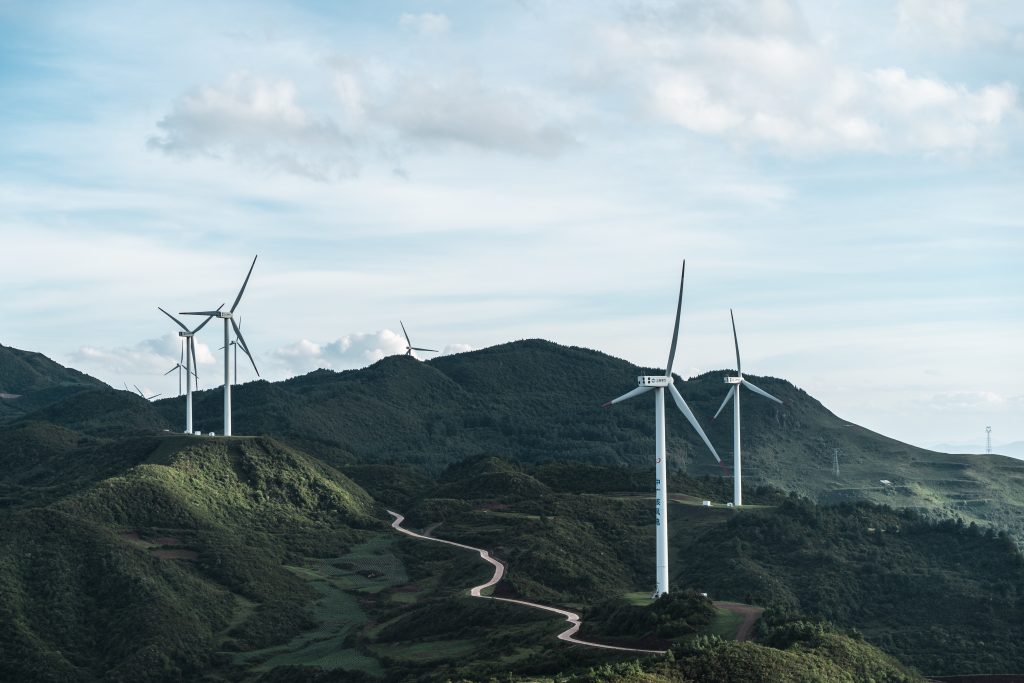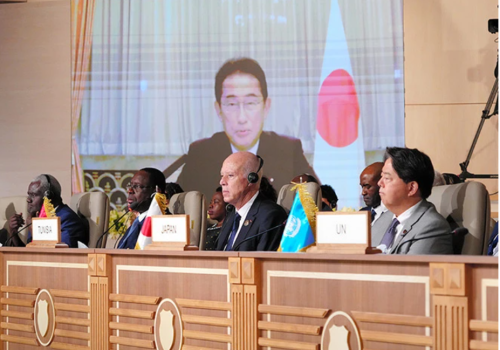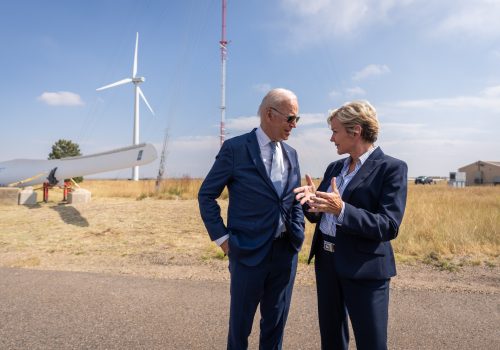The Chinese wind industry’s expansion is an undeniably impressive story. The world’s second-largest economy is the world’s largest onshore and offshore wind market in terms of both generation and capacity. China is not only firmly embedded across wind energy value chains—particularly in the mining and processing of rare earth elements—but it is also at the forefront of developing the world’s largest and most efficient wind turbines.
Yet China’s emergence as the world’s leading player in wind has been costly. Beijing’s wind capacity deployment to less-than-ideal locations has been inefficient, while its failure to build corresponding transmission connections stunted growth in some of its windiest provinces. Moreover, Beijing’s acquisition of wind technology—sometimes by outright theft—has increased tensions with the West. China has risen to the top of the global wind industry, but at tremendous financial and diplomatic cost. China’s successes and failures provide lessons to other countries seeking to use their own wind industrial policies to address climate challenges and strengthen economic growth.
China’s expansive industrial policy
China’s total industrial policy spend comprised at least 1.73 percent of total GDP in 2019, more than four times that of the United States. China’s wind industry policies included enforcing localization requirements, using a feed-in tariff for initial sectoral development, employing massive direct and indirect subsidies, and obtaining—many would say stealing—foreign intellectual property.
China’s wind industrial policy began with feed-in-tariffs introduced in 2009 and domestic content requirements to achieve 1 percent of the country’s energy mix by 2010.
In addition to localization requirements and feed-in tariffs, China’s wind industry also benefitted from a range of direct and indirect industrial subsidies.
Chinese provinces often extend their own subsidies for wind energy. In 2021, Guangdong province issued subsidy standards for grid-connected offshore wind projects at 1500 Renminbi per kilowatt. At this scale, a similar program in the United States would yield about $109 million in subsidies for a 500 megawatt turbine, a remarkable level of support from a subnational government.
Chinese wind industrial policy’s supply chain secrets: subsidies for steel, ships—and even coal
The Chinese wind industry has received fillips from “cross-subsidies” for steel, coal, and shipbuilding.
Steel is an important cost driver for wind projects, accounting for about 90 percent of the materials used for an offshore wind turbine, which in turn represents nearly 40 percent of the installation cost for offshore wind projects. Steel is also a key component for onshore wind projects, although those installation costs vary far more dramatically.
In China, steel and coal are inseparable.
China’s steel production primarily employs blast furnace-basic oxygen furnace, which uses coal for 90 percent of the production processes. This reliance on coal makes China’s steel, which is heavily subsidized, highly carbon intensive.
Coal generation has long been subsidized by the Chinese government, with one estimate finding support of at least $37.7 billion in 2014; China’s total electricity sector subsidies stood at $30 billion in 2021, with much of that spending still directed to coal. Beijing also quadrupled the amount of new coal power approvals in 2022 compared to 2021, contradicting China’s climate pledges.
China’s steel-coal nexus has provided significant support for the development of its wind industry, but at significant environmental cost. To be clear: even China’s carbon-intensive wind turbines are orders of magnitude less polluting than coal or natural gas, and China’s wind turbine deployment is unambiguously a positive for the climate. However, these climate benefits are reduced by the Chinese wind industry’s dependence on a carbon-intensive, coal-consuming steel industry.
Finally, China’s steel and coal subsidies complement another industry vital for offshore wind: shipping. Beijing subsidized its shipping and shipbuilding industries to the tune of $132 billion between 2010 and 2018. Its ship manufacturing capabilities ensure it can produce wind turbine installation vessels and other ships for use in offshore wind deployment. China dominates this industry; in 2019, China accounted for about 55 percent of global shipbuilding orders, and employs 33 out of the 49 existing wind turbine installation vessels. Given its low-cost steel and extensive shipbuilding complex, China is extremely well-positioned to continue to deploy offshore wind rapidly.
Forced technology transfer and espionage
The PRC has obtained foreign intellectual property related to the wind industry via forced technology transfers and industrial espionage. In exchange for operating rights within China, Spanish company Gamesa was obligated by the Chinese government to train in-country competitors. As a result, the company’s share of the Chinese market fell from 33 percent in 2005 to just 3 percent by 2010. Many foreign companies saw their intellectual property stolen by Chinese firms, often with the support of Chinese intelligence services. For instance, American Superconductor Corp (ASMC), a computer systems supplier to wind turbines, had its source code hacked and its contracts with Chinese suppliers terminated in the early 2010s. Stories like ASMC’s abound throughout the wind industry.
China’s wind industrial policy has been, at best, a highly ambiguous success. China is indisputably the leader in wind energy markets, as it historically accounts for about half of all new wind installations by capacity. It is also the world’s leader, by far, in offshore wind deployment by capacity.
However, this progress has come at great and often unnecessary cost. China’s generous and holistic industrial subsides should have been deployed in a technologically agnostic manner, as much of its wind industrial policy spending was wasted. The Chinese wind market’s overall capacity factor has historically lagged other markets, with some research showing real capacity factors below 23 percent as late as 2019, compared to utilization factors of over 34 percent in the US market. This low rate is due in part to the stunted growth in China’s most wind-rich provinces in the early 2010s due to a lack of transmission capacity, leading to significant curtailment. China’s actual wind generation is much less impressive than its deployment of wind capacity.
Moreover, Beijing’s aggressive—often illegal—actions to secure wind energy intellectual property has alienated the West and provoked political distrust. Chinese leaders may now complain about economic de-risking, but their arguments ring hollow, as Chinese firms aggressively pushed Western companies out of their domestic wind market.
China’s wind energy industrial policy has ensured it is the world’s largest and most important wind producer, but it remains to be seen if the benefits will outweigh the considerable costs. Other countries considering their own wind industrial policies should apply lessons from China’s experience. To accelerate decarbonization, countries must be mindful of the unintended consequences of subsidies; nimbly adjust transmission networks to accommodate onshore and offshore wind generation; respect fundamental intellectual property rights; and use market mechanisms, such as a pollution fee on carbon. Otherwise, they risk misallocating resources and alienating vital partners, as China has done.
Joseph Webster is a Senior Fellow at the Atlantic Council’s Global Energy Center and edits the China-Russia Report. The opinions expressed in this article are those of the author.
Meet the author
Related content
Learn more about the Global Energy Center

The Global Energy Center develops and promotes pragmatic and nonpartisan policy solutions designed to advance global energy security, enhance economic opportunity, and accelerate pathways to net-zero emissions.
Image: A wind farm in Yunnan, China. (Luo Lei, Unsplash, Unsplash License) https://unsplash.com/photos/Xa4pTwafe5U





